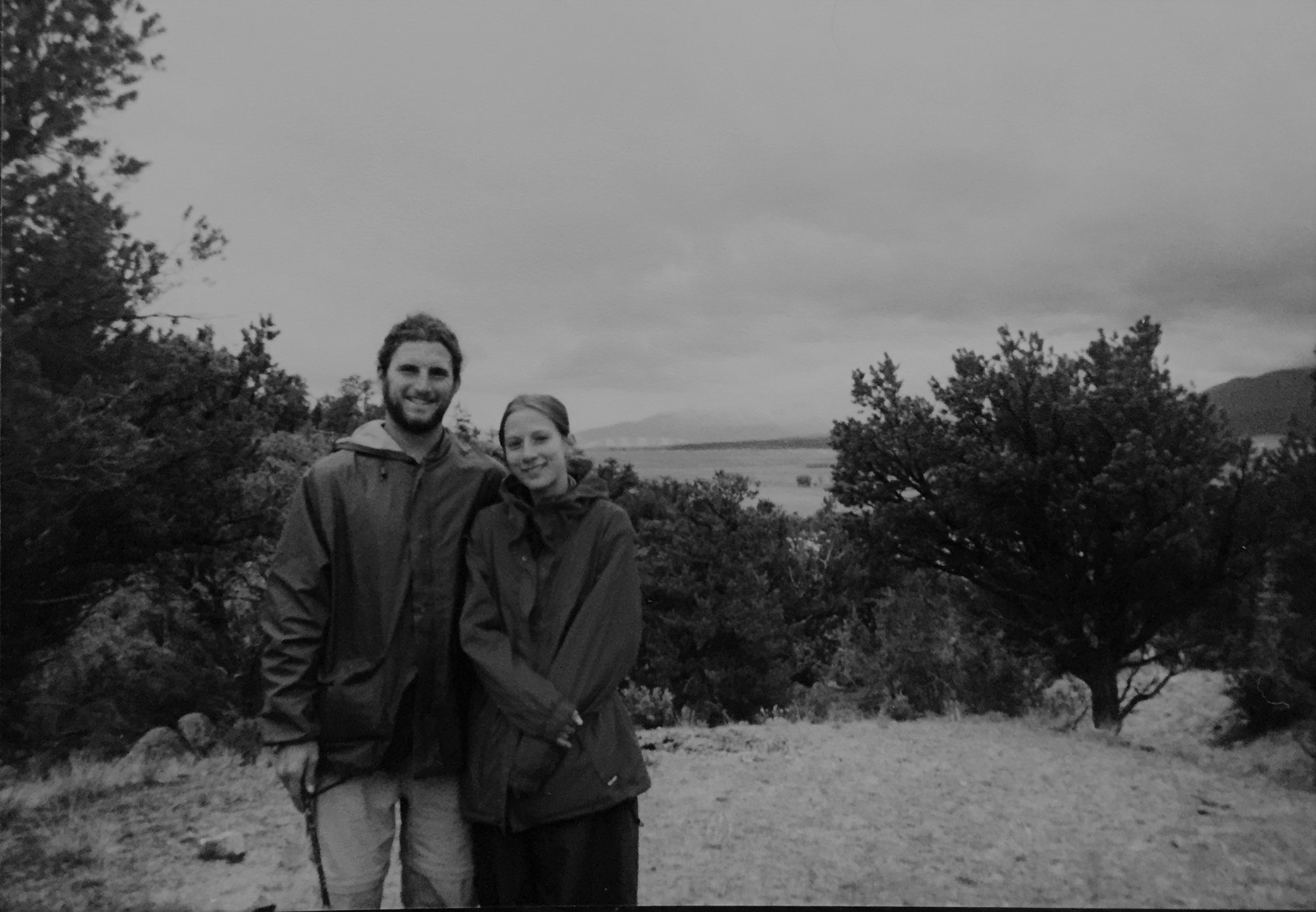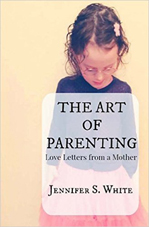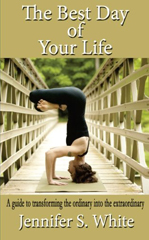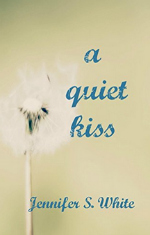The Kissing Experiment.
Marriage these days is a much discussed tradition.
There are those who prefer to not partake in it, although this doesn’t necessarily mean not co-existing in a life-long relationship. There are those, too, who have fought for their rights just to get married in the first place. Then there are those, like me.
I never dreamt about my wedding dress, or had the whole thing planned out.
I was never the girl who, at 14, knew what color her bridesmaids would wear; the age I was when I met the man I would date for over 10 years and eventually marry. (Not that there is anything problematic about having these sort of well-laid plans.)
I did always know I wanted to get married. Specifically, I always knew I wanted to marry him.
And yet cross-country moves for graduate school, traveling for work, and children are all typical life experiences that have challenged our union.
Marriage truly is not always easy, even if it is always something I feel fortunate to share with this man I chose.
Recently, our children are the most joyous aspect of our life, but, alternately, we are not one of those couples who only have their kids in common.
We both love to nerdily talk science, to taste hoppy beers, to backpack for days in the middle of nowhere, to make and eat good food, to exercise, to laugh (and, thankfully, we have the same zesty sense of humor). I could go on and on about what we share, besides our children and marriage certificate.
More, we are in love.
Every day, I fall more in love with this man.
He is not a stranger that I love but am not in love with. Rather, he still makes my heart pitter-patter when I see his name come up on my cell phone, as he calls from work; I still look at him and think he’s the most handsome man I’ve ever seen, and then I trace my favorite features of his along the lines of my children’s faces.
I’m grateful for still feeling in love.
This all said, our children are the most joyous things in our lives, but, equally, they’re a daily hurdle for our real-life romance.
So I proposed what I decided to call The Kissing Experiment. It worked.
In less than 24 hours, our romance was so charged, that I felt a giddiness in the pit of my belly equivalent to either our younger years of courtship—when alone time was neither rare or as deeply coveted—or to those periods of our lives when love is sparked and fueled by a special event—like, for us, our wedding day or when we found out we were pregnant with our children.
Love is funny. Everyone wants it, but often we forget that it takes work, especially after kids.
Romance and maintaining a connection with our spouses and staying “in love” are not things that just spontaneously combust. Instead, they’re aspects of life that, much like that cliched fire, stay lit because we’ve stoked it attentively.
The Kissing Experiment was not well thought out, well planned or difficult. The concept was, intentionally, simple.
I’d felt us fighting over those little nothings lately—the types of fights that happen as people potentially grow apart, symbolic of larger concerns because no one honestly cares, for instance, if the wet towel is left lying on the carpet for a few minutes after a shower rather than immediately hung up.
We couldn’t reconnect in the ways that couples more typically maintain that spark—that closeness of impromptu intimacy; the tenderness of weekends in bed; the silliness of lingerie at 2 in the afternoon or random appetizers eaten out—the kinds of things that are not for people with kids under age 5.
I proposed kissing. Not even make-out level kissing. The kind of kissing you can do in front of kids.
Kissing is so intimate a gesture, but it’s so easily thrown to the wayside in between dirty diaper piles and crying dinner companions.
At first our kisses were fast and almost forced.
Then it grew to kissing more passionately in the kitchen while the girls were in the adjoining family room.
It led—in 24 hours—to us covertly giggling together instead of unnecessarily snapping at one another.
Adorably, my daughter’s dolls started pecking each other and saying hi.
This is something she started playing years ago, but I hadn’t realized she’d nearly completely stopped in recent weeks until her dolls started to give quick “Oh, hi’s!” and “muah’s” to one another all over again.
Our love felt deliriously rejuventated—the intended hope of this “experiment.” What was unexpected, however, was the positive effects I’ve already observed in my children.
Kids need to see their parents love each other. Kids need to see the positive parts of when two people do choose to marry and stay married and stay married and stay married. That’s sometimes what we do, in marriages: we stay married when it’s not easy, but we know we still love our partner and that “this too shall pass.” More than this, I want my kids to see what love, regardless of label, looks like.
Love should look like stolen kisses while making dinner.
Love should look like holding hands when walking into the grocery store.
Simultaneously, love should look like fights that we courageously recover from.
Love should be multi-faceted and complex, easy and challenging, special and unique—all the the things that people are too.










